William Ladd Taylor | |
|---|---|
 | |
| Born | December 10, 1854 Grafton, Massachusetts |
| Died | 1926 (aged 71–72) |
| Occupation | Illustrator |
| Spouse | Mary Alice Fitz (m. 1888) |
William Ladd Taylor (1854-1926) was an American illustrator.
William Ladd Taylor | |
|---|---|
 | |
| Born | December 10, 1854 Grafton, Massachusetts |
| Died | 1926 (aged 71–72) |
| Occupation | Illustrator |
| Spouse | Mary Alice Fitz (m. 1888) |
William Ladd Taylor (1854-1926) was an American illustrator.
William Ladd Taylor was born at Grafton, Massachusetts on December 10, 1854. [1] He studied art in Boston and New York, and in Paris under Boulanger and Lefebvre in 1884–85. His drawings, many of which first appeared in magazines, are essentially narrative in type and show keen understanding of human nature, with careful, historical accuracy. He published several volumes of his work which contained illustrations of the nineteenth century in New England, the pioneer West, Longfellow, the Psalms, old songs, American life, American literature, and the Old Testament.
He married Mary Alice Fitz in 1888. [1]
His work was featured in the magazine the Ladies Home Journal , from 1895; the office also exhibited his oils and water-colours and sold reproductions of these. [2]

Edwin Austin Abbey was an American muralist, illustrator, and painter. He flourished at the beginning of what is now referred to as the "golden age" of illustration, and is best known for his drawings and paintings of Shakespearean and Victorian subjects, as well as for his painting of Edward VII's coronation. His most famous set of murals, The Quest and Achievement of the Holy Grail, adorns the Boston Public Library.

Aubrey Vincent Beardsley was an English illustrator and author. His black ink drawings were influenced by Japanese woodcuts, and depicted the grotesque, the decadent, and the erotic. He was a leading figure in the aesthetic movement which also included Oscar Wilde and James McNeill Whistler. Beardsley's contribution to the development of the Art Nouveau and poster styles was significant despite his early death from tuberculosis. He is one of the important Modern Style figures.
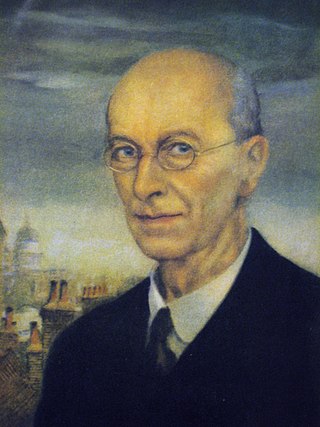
Arthur Rackham was an English book illustrator. He is recognised as one of the leading figures during the Golden Age of British book illustration. His work is noted for its robust pen and ink drawings, which were combined with the use of watercolour, a technique he developed due to his background as a journalistic illustrator.
Richard "Dickie" Doyle was a British illustrator of the Victorian era. His work frequently appeared, amongst other places, in Punch magazine; he drew the cover of the first issue, and designed the magazine's masthead, a design that was used for over a century.

Frank Leslie was an English-born American engraver, illustrator, and publisher of family periodicals.
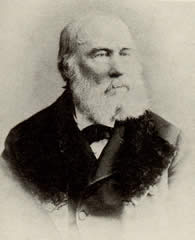
Walter Hood Fitch was a botanical illustrator, born in Glasgow, Scotland, who executed some 10,000 drawings for various publications. His work in colour lithograph, including 2700 illustrations for Curtis's Botanical Magazine, produced up to 200 plates per year.

Benson John Lossing was an American historian, known best for his illustrated books on the American Revolution and American Civil War and features in Harper's Magazine. He was a charter trustee of Vassar College.

Arthur Burdett Frost, usually cited as A. B. Frost, was an American illustrator, graphic artist, painter and comics writer. He is best known for his illustrations of Brer Rabbit and other characters in the Joel Chandler Harris' Uncle Remus books.

Harvey Thomas Dunn NA, also known as J. Harvey Dunn, was an American painter and teacher. During World War I, Dunn was an artist-correspondent with the American Expeditionary Forces in Europe. Most of Dunn's war sketches are housed at the Smithsonian Institution in the National Museum of American History in Washington, D.C. He is best known for his prairie-intimate masterpiece, The Prairie is My Garden (1950). In this painting, a mother and her two children are out gathering flowers from the quintessential prairie of the Great Plains.

Franklin Booth was an American artist known for his detailed pen-and-ink illustrations. He had a unique illustration style based upon his early recreation of wood engraving illustrations with pen and ink. His skill as a draftsman and style made him a popular magazine illustrator in the early 20th-century. He was one of the first modern ex libris designers in the United States.
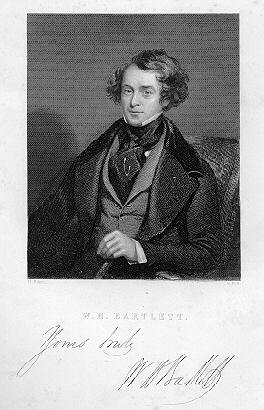
William Henry Bartlett was a British artist, best known for his numerous drawings rendered into steel engravings.
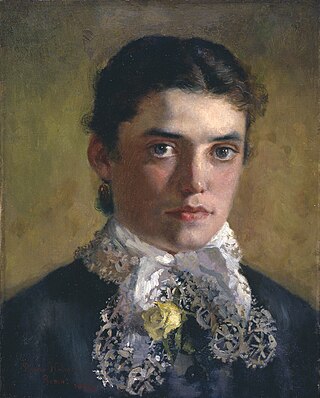
Rhoda Holmes Nicholls was an English-American watercolor and oil painter, born in Coventry, England. She studied art in England and Italy, and her work was viewed and praised at the time by the queens of both countries. A body of work was created in South Africa by Nicholls of Port Elizabeth area's scenery, wildlife and architecture. She lived there on her brothers' 25,000-acre ostrich farm for one year.

Harrison William Weir, known as "The Father of the Cat Fancy", was a British artist.

Julius John Lankes (1884–1960) was an illustrator, a woodcut print artist, author, and college professor.

Dean Cornwell was a left-handed American illustrator and muralist. His oil paintings were frequently featured in popular magazines and books as literary illustrations, advertisements, and posters promoting the war effort. Throughout the first half of the 20th century he was a dominant presence in American illustration. At the peak of his popularity he was nicknamed the "Dean of Illustrators".
Jean Alexandre Michel André Castaigne was a French artist and engraver, a student of Jean-Léon Gérôme and Alexandre Cabanel. Subsequently he became a leading illustrator in the United States. He is often recalled as the original illustrator of the first edition of The Phantom of the Opera.
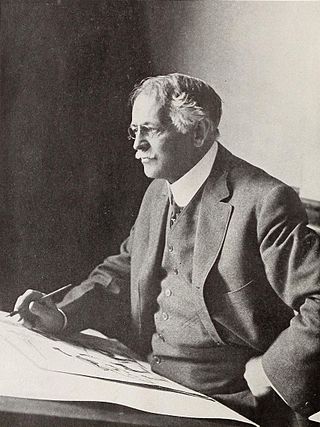
William Allen Rogers (1854–1931) was an American political cartoonist born in Springfield, Ohio.
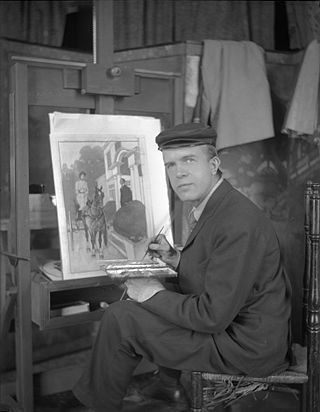
Edward Penfield was an American illustrator in the era known as the "Golden Age of American Illustration" and he is considered the father of the American poster. His work has been included in almost every major book on American Illustration or the history of the poster. He is also a major figure in the evolution of graphic design.
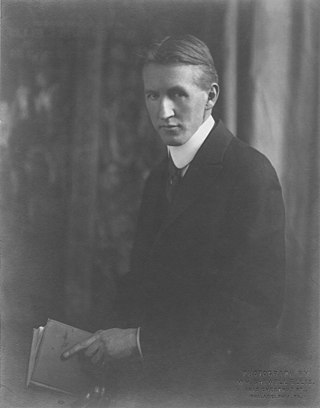
Charles Livingston Bull (1874–1932) was an American illustrator. Bull studied taxidermy in Rochester, New York and is known for his illustration of wildlife.

Truman W. "True" Williams was an American artist known as the most prolific illustrator to Mark Twain's books and novels. He illustrated the first edition of The Adventures of Tom Sawyer (1876) and was thus the first to visually portray such characters as Tom Sawyer and Huckleberry Finn. He was also sole illustrator of Twain's Sketches, New and Old and primary illustrator of Roughing It and The Innocents Abroad. Working with a number of publishers he also illustrated works by writers Bill Nye, George W. Peck, Joaquin Miller, and others. He was also a notorious drunk, which slowed his work and made him unreliable.
{{cite encyclopedia}}: Missing or empty |title= (help)